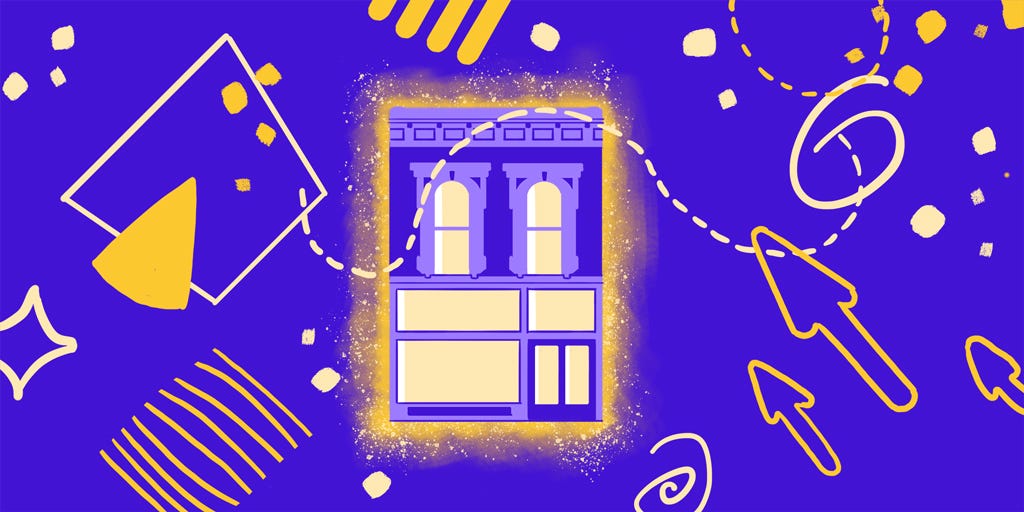#20: Bringing the Magic of Libraries to an Online Branch Near You
Welcome to Civic Signals, where ISBNs meet URLs.
This week: As librarians put their skills to use towards contact tracing efforts in CA, Carl Sagan reminds us that librarians dating all the way back to the chief librarian at the Library of Alexandria have always been resourceful problem solvers. We give you a preliminary peek at what our diverse group of collaborators determined about how libraries can survive and thrive online during and after COVID-19. And, a look at a public space innovator we think you should get to know.
Renewing Our Overdue Loan: Results from the Library Design Sprint
Libraries have evolved time and time again to serve their communities as an ever-present place of gathering, welcoming to every segment of the population. As advisory board member Eric Klinenberg has written, they’re key to our “social infrastructure.”


Partnering with the Brooklyn Public Library, our sprint consisted of six sessions and 13 participants. Our starting premise was as follows:
“Around the country, public small-group meetings are one of the most important venues where people form new social connections, especially across lines of difference. Now, meetings that have typically been held in in-person settings like libraries — think a story hour for kids or a small business entrepreneurship seminar — are now being held on video conference tools like Zoom.
How might we develop simple, lightweight interventions that can help meeting facilitators create connections among a group of strangers, with no new technology needed?”
We just wrapped, and while we’re only beginning to understand and implement the results, we wanted to share where we landed and how we got there.

At the Reference Desk: A Starting Point
We began with vigorous discussions to sharpen our goal for the six sessions:
Create tools to help facilitators generate beneficial 1:1 relationships in a larger, public video conference meeting, launching ASAP.
From there, we began to consider some constraints, opportunities and important considerations:
Facilitators can’t force 1:1 relationships — and everything is circumstantial
The online model might allow for something that wouldn’t be possible IRL
Community is not a single block of opinion or expectation
How can people feel welcome in a setting that feels both unfamiliar and new?
Are shared norms and understanding important for a 1:1 connection?
With many experts in the room, this list grew to include:
Mitigating harassment and fostering safety
Addressing accessibility and inclusion with consideration to library patrons who speak non-English languages or lack access to personal tech devices or WiFi
Identifying roles and structures for large audiences and even smaller groups
Thinking abstractly about community, trust, and vulnerability
Considering the element of time, ritual and repetition
Your Book is in Transit: Shaping the Ideas
We created The Graveyard, ideas of various scales to build connections between people via Zoom, including prompts, rituals, conversation starters, and bigger ideas involving pre-work on the part of the facilitator as well as a framework for support.
In our final session, we broke out into three groups and packaged several of these ideas and resources together into three facilitation tools:
The Unconference: a multi-session community event using ideas captured in the graveyard
The Container: a schema organizing ideas shared in the graveyard by function including useful mechanics for general use
The Database: a database organizing and curating the ideas and resources captured in the graveyard
Next up: we’ll debrief with our partners at the Brooklyn Public Library and develop a minimum viable product to quickly gather some feedback.
Public Space Innovator: Dynamicland

We’re inspired by the imaginative approach to collaborative computing being created at Dynamicland in Oakland, CA: “A public library for the 21st century”, where the ambition is to have one in each and every neighborhood by 2040.
Imagine a space where “the entire building is the computer”. Dynamicland brings the possibilities of code to what looks more like a game room than a computing interface — with tables, paper and every day objects transformed by responsive light projectors.

The interface not only invites people who don’t traditionally engage with “programming” to tinker with code, but the familiarity of the objects themselves disarms and encourages a kind of whimsical play and collaboration that calls to mind the sense of discovery of childhood games. We think that hybrid spaces like Dynamicland represent one of the many exciting forms of future public spaces to come and are excited to see the project grow when the pandemic eventually gives way to new forms of public life.
🎟 Event: We’re sponsoring The Shift at NYU’s Institute for Public Knowledge on Monday at 5 p.m. EST. This week’s topic? How the pandemic is transforming education. Sign up here.
💻 On social: Give us a follow on Twitter, where we’re spotlighting the sprint’s participants. And we launched on Instagram!
📝 Survey: Only a few days left to click here and fill out our survey to help us shape a new kind of home on the internet for people who are building and dreaming up our tech futures (launching in August!).
See you here next week,
The Civic Signals Team
+++++++++++++++
Illustrations by Josh Kramer
Civic Signals is a partnership between the Center for Media Engagement at the University of Texas, Austin, and the National Conference on Citizenship, and was incubated by New America. Please share this newsletter with your friends!

